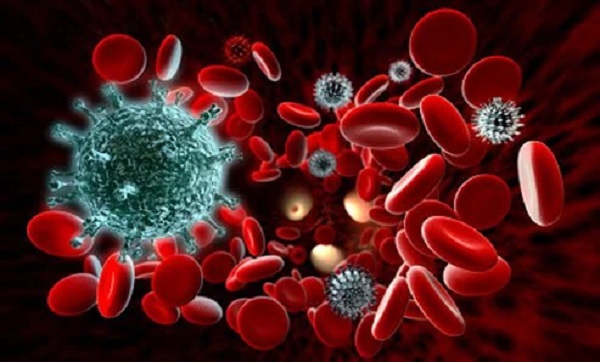The Communications Coordinator, National HIV and Aids Secretariat, Abu Bakarr Koroma says that the Western Area Rural District has the highest number of people living with the HIV and Aids virus in Sierra Leone with 3.4% (about 2,584 people).
Mr. Koroma revealed that the Western Area Rural was followed by Port Loko with 2.5% (about 1,900 people), and Koinadugu with 2.1% (about 1,596 people). Western Area Urban has a percentage of 2% (about 1,520 people) with Kailahun District being the least with 0.6% (about 456 people) followed by Bonthe and Falaba with 0.7% (about 532 people) and 0.8% (about 608 people) respectively. The HIV status in terms of prevalence rate in Sierra Leone stands at 1.7% based on a study done in 2019 as part of the Sierra Leone Demographic Health Survey commissioned by the Ministry of Health and Sanitation.
He said in that study 1.7 was resolved with the country having between 83,000 to 85,000 people living with the virus in Sierra Leone. Before the prevalence was 1.5% and “We stabilised such percentage from 2005, right through 2019, which shows that small margin” which he said is very important because we are talking about people, not just the ordinary.
“For us as a Secretariat, that is coordinating national response, it means a lot to us, it is challenging us, and also challenging us, based on our strategies and based on what we were doing. We wanted to have stabilized and brought down the prevalence,” he stated.
He said the female sex is the highest among the two sexes having the virus with 2.2% followed by males with 1.1% as per average. For them, every case is important especially if it is unknown, which is like an emergency for them as well.
The current figure of people having the virus stands at about 76,000 based on the spectrum, noting that even where it shows that it is coming down they are not going to relent. “We are encouraged because the new infections are not that high but notwithstanding we had wanted to bring the overall prevalence down.”
He underscored that an estimate of about 1,000 children on average are living with the virus.


 Post a comment
Post a comment









Comment(s)
Disclaimer: Comments expressed here do not reflect the opinions of Sierraloaded or any employee thereof.
Be the first to comment